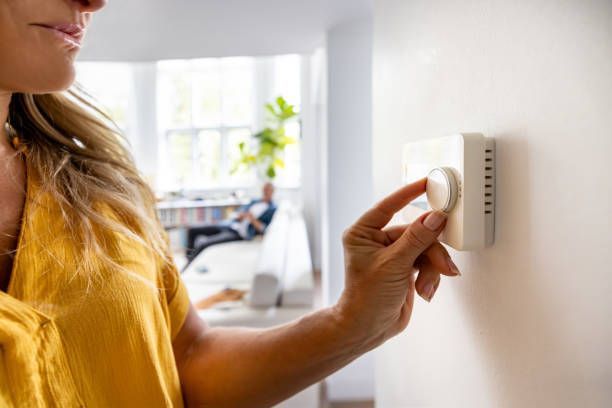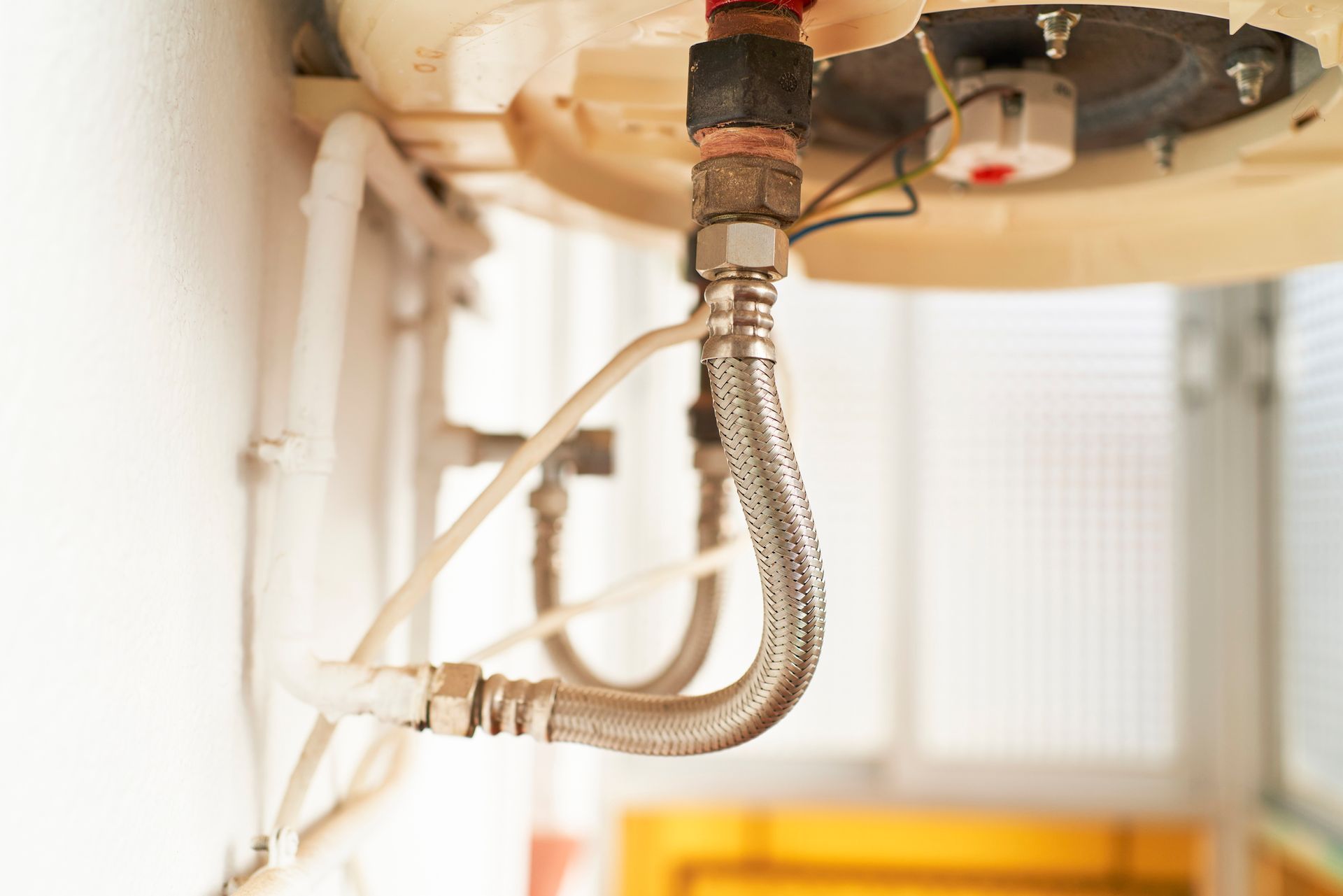Preparing Your Plumbing for a Montana Winter: A Comprehensive Guide
Preparing Your Plumbing for a Montana Winter:
A Comprehensive Guide
Montana winters are notoriously harsh, with temperatures that can plummet well below freezing for extended periods. For homeowners, this means taking proactive steps to protect one of the most vulnerable systems in your home: your plumbing. Failing to prepare can lead to costly and devastating pipe damage that can disrupt your entire household.
Understanding Montana's Winter Challenges
Montana's winter climate presents unique challenges for homeowners. With temperatures that can drop to -30°F or lower in some regions, your plumbing system is at significant risk of freezing and potential burst pipes. The combination of extreme cold, wind, and prolonged freezing temperatures creates a perfect storm for potential plumbing disasters.
Winterizing Outdoor Spigots and Sprinkler Systems
Outdoor water sources are the most vulnerable to winter damage. Here's a step-by-step guide to properly winterizing these systems:
- Disconnect and Drain Garden Hoses
- Remove all garden hoses from outdoor spigots
- Drain hoses completely and store them in a warm, dry location
- This prevents water from freezing and causing damage to the hose and spigot
- Shut Off Exterior Water Valves
- Locate the shut-off valve for exterior water lines
- Close the valve completely to prevent water from entering exterior pipes
- Drain any remaining water from the pipes to eliminate freezing risks
- Sprinkler System Winterization
- Completely drain underground sprinkler systems
- Use compressed air to blow out any remaining water from pipes and sprinkler heads
- Consider hiring a professional if you're not comfortable with this process
- Protect sprinkler heads with insulated covers
- Install Frost-Free Spigots
- Replace standard spigots with frost-free versions
- These specialized spigots have a longer stem that extends into the heated interior of your home
- They automatically drain when not in use, reducing freezing risks
Insulating Pipes in Vulnerable Areas
Proper pipe insulation is crucial in preventing freeze-related damage, especially in:
Basements
- Apply foam pipe insulation to all exposed pipes
- Use insulation sleeves with a minimum R-value of 3
- Pay special attention to pipes near exterior walls
- Consider adding additional wall insulation to create a thermal barrier
Crawl Spaces
- Seal any air leaks that might allow cold air to penetrate
- Use heat tape on pipes in particularly cold areas
- Install rigid foam insulation on walls and floors
- Maintain minimal heat in crawl spaces during extreme cold
Unheated Areas
- Wrap pipes with heat-resistant insulation
- Use electric heating cables for additional protection
- Seal any gaps or cracks that might allow cold air to circulate
- Consider installing small space heaters in critical areas during extreme cold
What to Do If Your Pipes Freeze
Despite preventative measures, pipes can still freeze. Here's a critical guide:
Identifying Frozen Pipes
- Reduced or no water flow from faucets
- Visible frost on exposed pipes
- Unusual sounds when turning on faucets
- Cold to the touch pipe sections
Safe Thawing Methods
- Open affected faucets to allow water to flow
- Use a hair dryer on low heat, moving consistently along the pipe
- Apply electric heating pads wrapped around the pipe
- Use warm towels soaked in hot water
- NEVER use an open flame or torch
Why You Should Never Use a Torch to Thaw Pipes
Using a torch to thaw pipes is extremely dangerous:
- High risk of fire
- Can cause immediate pipe damage
- Uneven heating can create pressure points
- Potential for explosive pipe rupture
- Violates most home insurance policies
Emergency Preparedness
Additional Winter Plumbing Recommendations:
- Keep your home heated, even when away
- Maintain interior temperature no lower than 55°F
- Know the location of your main water shut-off valve
- Have a plumber's emergency contact information ready
- Consider installing smart home water leak detectors
Financial Considerations
Proper winterization can save significant money:
- Prevent costly pipe repair expenses
- Avoid water damage restoration costs
- Reduce potential insurance claims
- Extend the lifespan of your plumbing system
Conclusion
Preparing your Montana home's plumbing for winter requires careful planning and proactive maintenance. By following these comprehensive guidelines, you can protect your home from the potentially devastating effects of frozen pipes and winter-related plumbing issues.
Remember, an ounce of prevention is worth a pound of cure – especially when it comes to your home's plumbing system during a Montana winter









